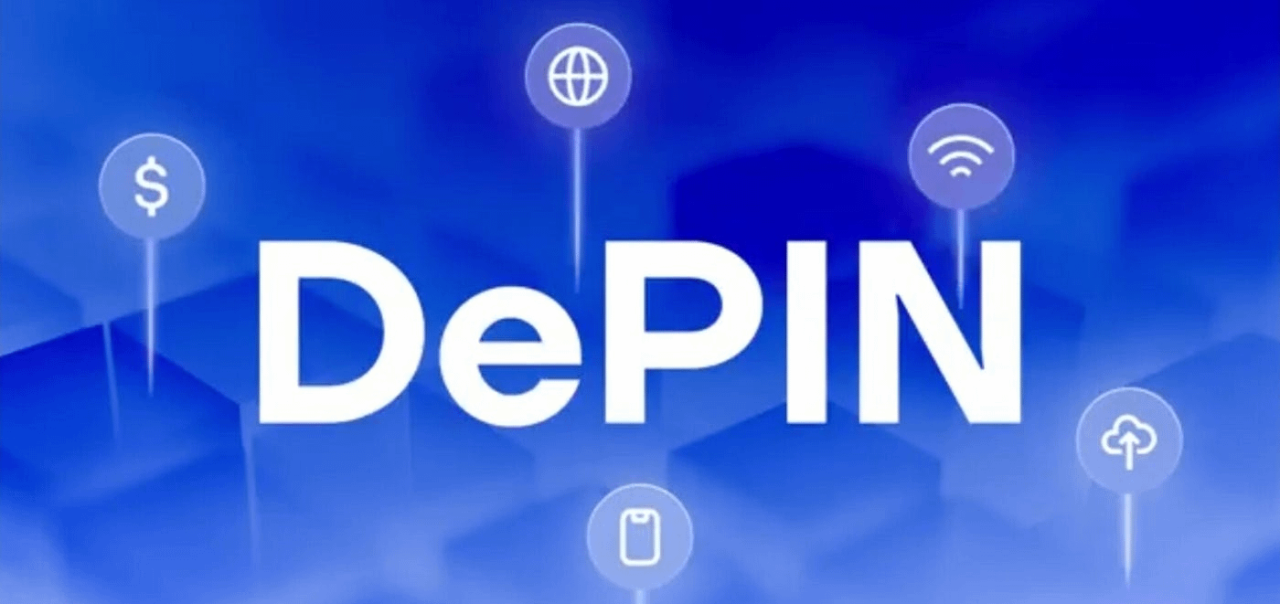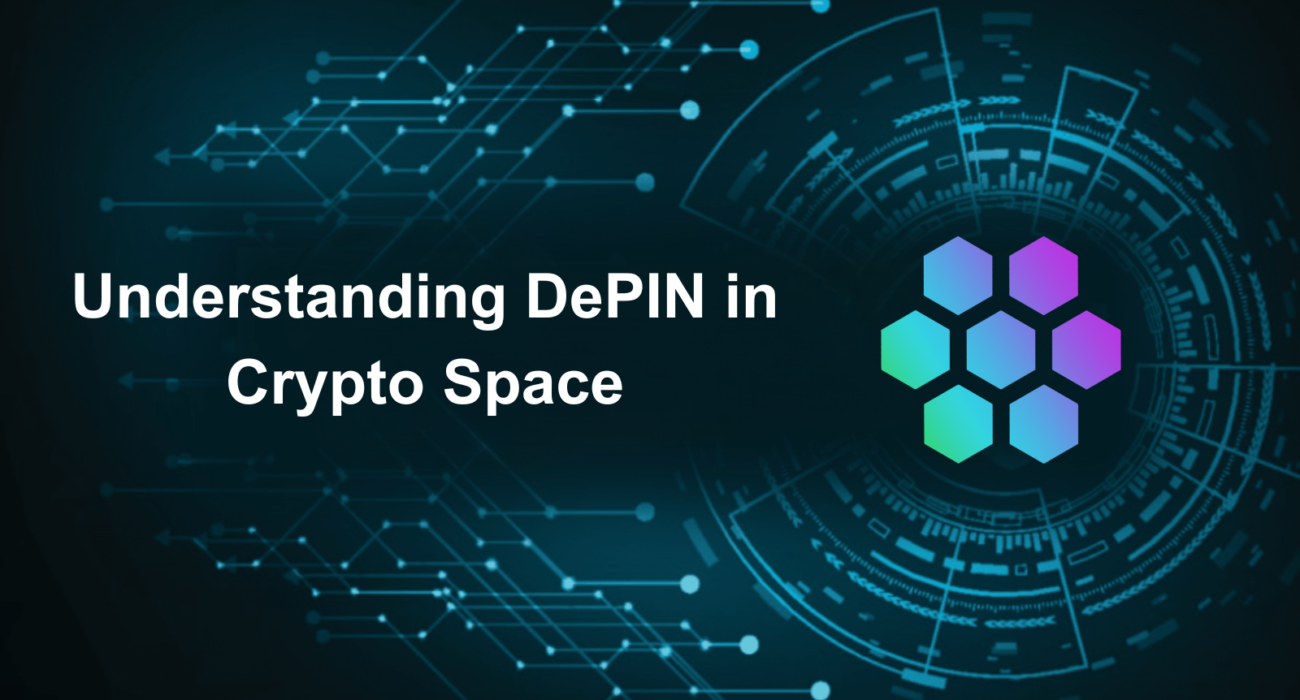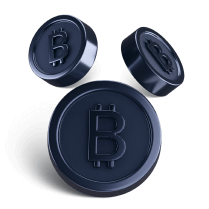The world of blockchain and crypto continues to evolve, offering new ways to decentralize everything from finance to governance. While many are familiar with decentralized finance (DeFi) or even decentralized autonomous organizations (DAOs), a new concept is making waves in the crypto world—DePIN or Decentralized Physical Infrastructure Network. This cutting-edge innovation merges physical infrastructure with blockchain technology, providing a groundbreaking method of creating decentralized systems. But what exactly is DePIN? How does it work, and why is it creating such a buzz in the crypto space? This blog aims to provide a comprehensive guide to understanding DePIN in the crypto space, explaining its key components, use cases, benefits, and challenges.
What is DePIN?
To understand DePIN in the crypto space, we first need to break down what DePIN stands for. Decentralized Physical Infrastructure Networks (DePIN) refer to blockchain-based systems that decentralize the governance, management, and ownership of physical infrastructure. This includes networks, devices, and assets such as wireless networks, energy grids, and Internet of Things (IoT) devices.
In simpler terms, DePIN combines the digital capabilities of blockchain with real-world infrastructure. Traditional infrastructure networks, such as telecommunications or energy grids, are often managed by centralized entities. These entities are responsible for maintaining, upgrading, and controlling the entire network. DePIN, on the other hand, leverages blockchain to decentralize that control, allowing a network of participants to govern, expand, and maintain these physical infrastructures.
Key Features of DePIN:
Decentralization: The physical infrastructure is not owned or managed by a single entity but is distributed across a network.
Blockchain-Driven Governance: Rules and transactions are handled via blockchain and smart contracts, ensuring transparency and security.
This innovative approach has captured the attention of both the crypto community and traditional industries, as it offers a more efficient, scalable, and cost-effective way to manage physical infrastructure.
How Does DePIN Work?
To fully understand DePIN in the crypto space, it’s essential to grasp how it functions on a technical level. DePIN relies on blockchain technology to distribute control over infrastructure to participants across the network. Here’s a simplified breakdown of how it works:
Blockchain as the Backbone:
Blockchain is the foundation of DePIN systems. Every transaction, modification, or governance decision is recorded on a decentralized ledger, making it transparent and immutable. This ensures that no single entity can manipulate the system or gain control over the network.
Smart Contracts for Automation:
Smart contracts are self-executing contracts with the terms written directly into code. For example, if a participant provides bandwidth for a decentralized wireless network, they may automatically receive tokens as a reward based on predefined rules.
Token-Based Incentives:
One of the key innovations of DePIN is the use of tokens to incentivize participation. Participants who contribute to the network—whether by providing resources, maintaining infrastructure, or validating transactions—are rewarded with tokens. These tokens can represent ownership, access, or even governance rights within the network.
Example:
A great example of DePIN in action is Helium, a decentralized wireless network. Helium uses a decentralized approach to build a network of low-power, wide-area wireless coverage for IoT devices. Participants set up physical “hotspots” to provide network coverage and are rewarded in Helium tokens based on the data their hotspots relay.
In this case, Helium shows how understanding DePIN in the crypto space is crucial to recognizing its potential for transforming traditional industries by removing the need for centralized control and creating a decentralized, community-driven network.
Discover how SRP Token is at the forefront of DePIN technology, offering secure, decentralized solutions in the evolving crypto space.
Key Use Cases of DePIN in Crypto
Now that we’ve covered the basics, let’s dive into some of the key use cases where DePIN is already making an impact. Understanding DePIN in the crypto space becomes clearer when you see how it’s applied across different industries.
Wireless Networks
DePIN is revolutionizing the way wireless networks are built and maintained. Instead of relying on telecom giants to provide connectivity, decentralized networks like Helium allow everyday people to set up wireless infrastructure. These users receive tokens for sharing their bandwidth, effectively turning them into mini network operators. This decentralized approach reduces the cost of building and expanding wireless networks, making it accessible to more people.
Energy Grids
Another exciting application of DePIN is in renewable energy. Decentralized energy grids allow individuals to generate, store, and share energy in a peer-to-peer fashion, without needing a centralized utility company. DePIN enables individuals with solar panels or other renewable energy sources to contribute excess energy to the grid and earn tokens in return. Blockchain ensures that these transactions are transparent, secure, and traceable.
IoT Devices
The Internet of Things (IoT) connects billions of devices that collect and share data. However, the current IoT infrastructure relies on centralized control, which can be expensive and prone to security issues. DePIN decentralizes IoT infrastructure, allowing devices to securely communicate and share data without the need for a centralized intermediary. This approach not only improves data security but also reduces operational costs.
Decentralized Storage
Another significant use case for DePIN is decentralized storage. Traditional cloud storage services, like Google Drive or Dropbox, rely on centralized servers. DePIN-based storage systems, like Filecoin and Arweave, allow users to store data in a decentralized manner. Participants contribute storage space and are compensated in tokens for hosting data. This model ensures that data is stored securely and redundantly across a decentralized network, reducing the risk of data loss or censorship.
Benefits of DePIN in the Crypto Space
To fully understand DePIN in the crypto space, it’s important to look at the numerous benefits it offers:
Efficiency
By decentralizing the control of infrastructure, DePIN allows for more efficient scaling. Instead of relying on a single organization to expand the network, participants across the globe can contribute resources, making it quicker and more cost-effective to grow infrastructure.
Cost-Effectiveness
Decentralized networks remove the need for intermediaries, significantly reducing the cost of operations. Participants can directly contribute to and maintain infrastructure, cutting out the middlemen that usually profit in centralized systems.
Ownership
One of the most attractive features of DePIN is the idea of ownership. Participants in DePIN networks are not just users—they are owners. By contributing to the network, they earn tokens that represent ownership, governance rights, or access to the network. This creates a powerful incentive for participants to actively support and grow the network.
Security and Transparency
Since DePIN operates on blockchain technology, it offers a high level of security and transparency. Every transaction or interaction is recorded on the blockchain, making it nearly impossible to manipulate. This ensures trust among participants, as they can verify all actions within the network.
Challenges Facing DePIN
While there are numerous advantages, understanding DePIN in the crypto space also requires recognizing the challenges it faces:
Regulatory Issues
As DePIN involves both digital and physical infrastructure, regulatory compliance can be a major hurdle. Governments may not be ready to support the decentralization of critical infrastructure, leading to potential legal challenges.
Scalability
Scaling decentralized physical infrastructure networks can be technically challenging. Ensuring that the network remains efficient and secure as more participants join is crucial, but this can be difficult to achieve without centralized coordination.
Adoption Barriers
While DePIN offers numerous benefits, convincing industries to adopt these new models can be challenging. Many industries are used to centralized control and may be hesitant to transition to decentralized systems.
Coordination of Participants
In a decentralized system, effective coordination among participants is crucial. Ensuring that all participants contribute fairly and follow the rules is a significant challenge without a centralized authority. Governance models, such as DAOs, are crucial in addressing this issue.
The Future of DePIN in the Crypto Ecosystem
Looking ahead, the future of DePIN seems bright. As blockchain technology continues to advance, DePIN networks will likely become more widespread and efficient. Understanding DePIN in the crypto space is crucial to recognizing its long-term potential to disrupt industries beyond telecommunications and energy.
DePIN has the potential to revolutionize everything from supply chains to transportation networks. By decentralizing control and ownership, these networks could become more resilient, adaptable, and cost-effective. As more industries begin to explore the possibilities of decentralized infrastructure, DePIN will likely play a significant role in shaping the future of the global economy.
Conclusion
In conclusion, understanding DePIN in the crypto space is key to realizing how this innovative model is transforming the way we think about infrastructure. By decentralizing physical assets and infrastructure, DePIN is creating a more efficient, cost-effective, and secure way to manage resources. Whether it’s through wireless networks, energy grids, or decentralized storage, DePIN offers a glimpse into the future of decentralized technology.
As the crypto space continues to evolve, DePIN will undoubtedly play a crucial role in pushing the boundaries of what’s possible with blockchain and decentralized systems. The integration of physical infrastructure with blockchain is only the beginning, and the potential applications of DePIN are vast.

 China
China Russia
Russia India
India









